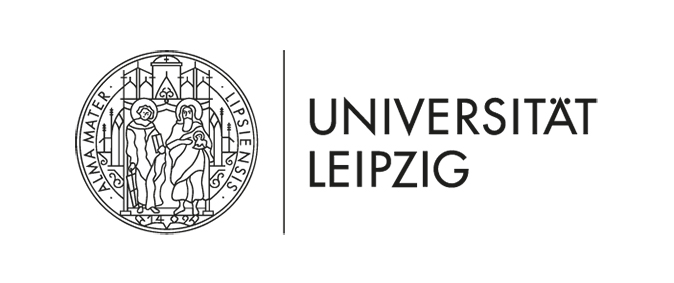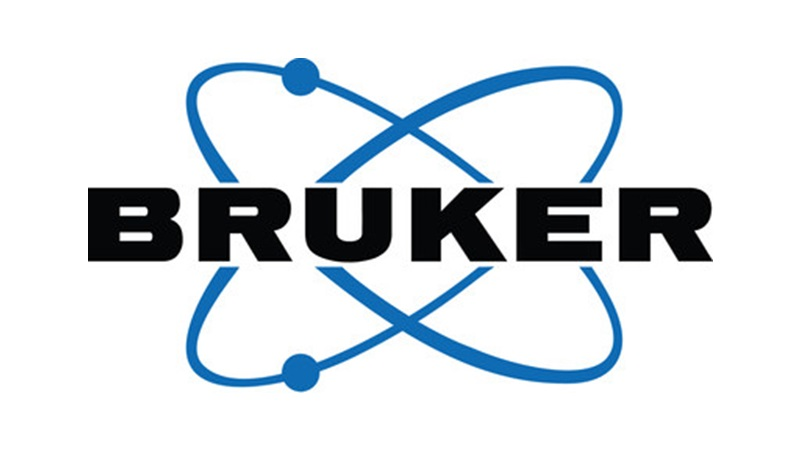|
14th Annual Symposium Physics of Cancer Leipzig, Germany Oct. 4 - 6, 2023 |
PoC - Physics of Cancer - Annual Symposium |
|
|
Invited Talk
Investigate the biomechanical traits of hepatocellular carcinoma with MRE
Charité - Universitätsmedizin Berlin, Klinik für Radiologie, Charitéplatz 1 10117 Berlin
Contact: | Website
Biomechanical properties quantified noninvasively by MRE reflect structural and functional changes of soft tissue associated with diseases. Clinical applications of liver MRE is particularly successful due to the high sensitivity of MRE in detecting alterations in extracellular matrix (ECM) elements such as collagen, fibronectin, proteoglycans and glycosaminoglycans in the course of liver disease. End stages of chronic liver diseases, fibrosis and cirrhosis, are characterized by marked architectural ECM changes leading to abnormally high stiffness values. Hepatocellular carcinoma (HCC) predominantly develops in stiff livers, suggesting that collagen deposition promotes tumorigenesis. Under these conditions, mechanosensitive oncogenic signaling pathways are activated that dynamically enhance the mechanical reciprocity between cells and ECM, triggering malignant transformation, collective multicellular migration, and angiogenesis of immature leaky vessels that increase intratumoral fluid pressure. In the context of HCC, the current focus of MRE is to investigate the exact mechanisms of reciprocal mechano-sensing between tumor cells and ECM to generate biomechanical imaging parameters such as viscoelastic dispersion, mechanical heterogeneity, and solid stress, which may help to identify the biomechanical features that predict HCC aggressiveness, microvascular invasion (MVI), malignant transformation, and response to therapy.
|









